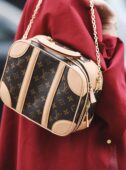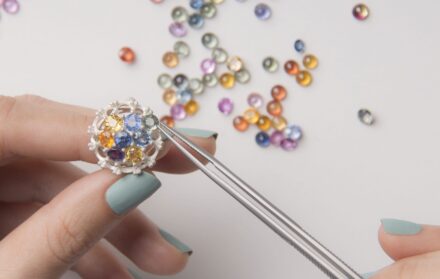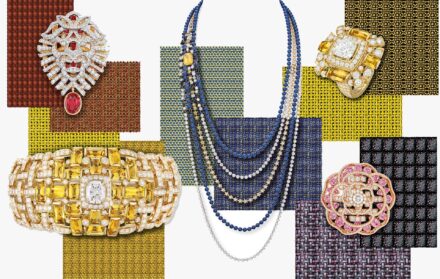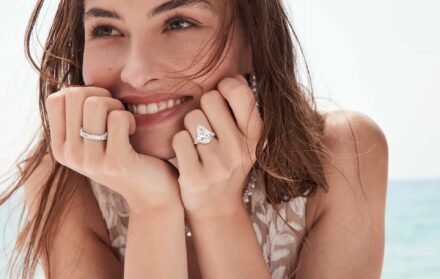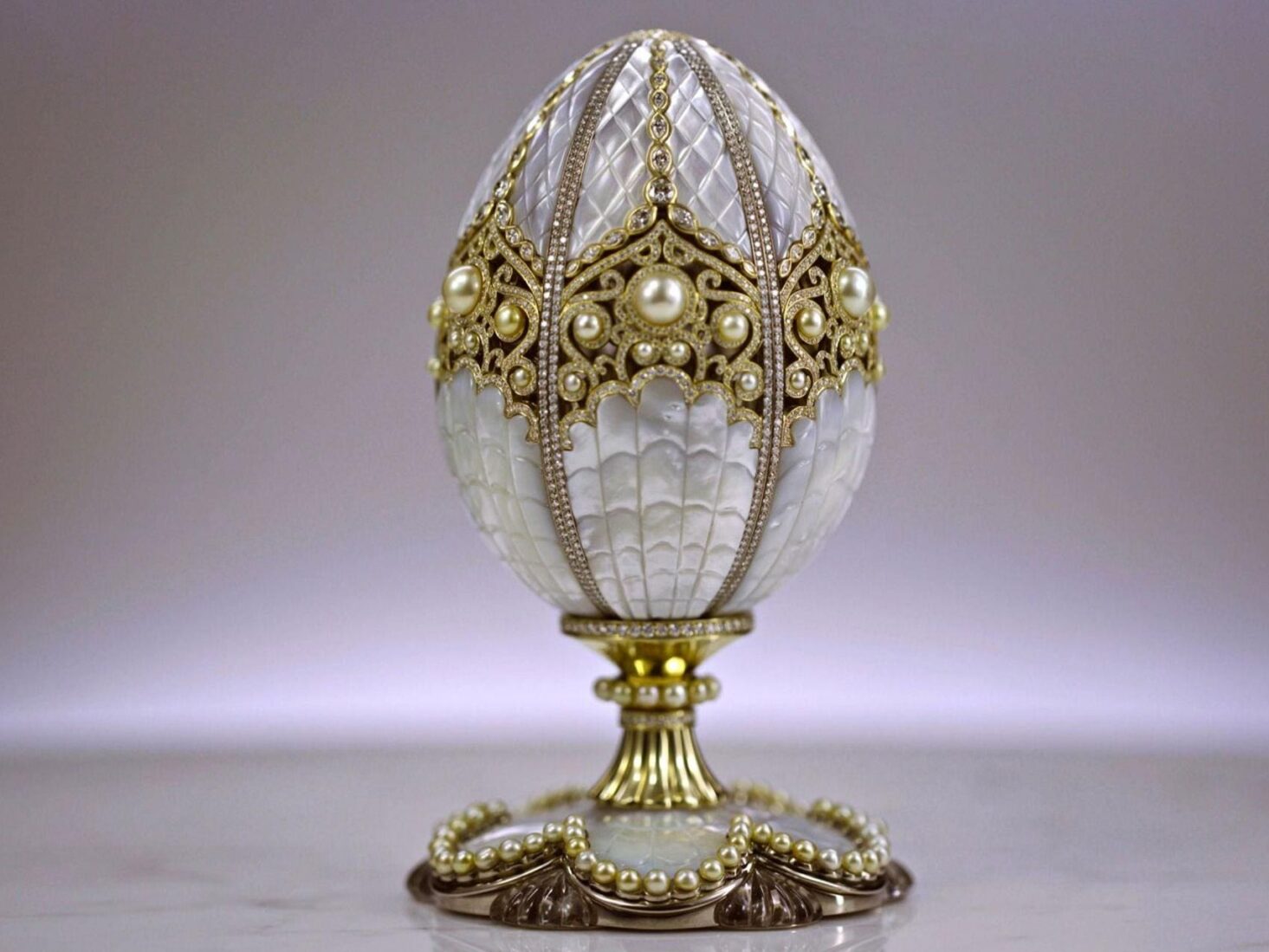
The History of the Fabergé Imperial Easter Eggs
How would you design your dream Easter egg? As a smooth Belgian chocolate shell filled with Champagne truffles and cocoa dusted almonds? Or how about something a little more lavish (and certainly less edible), hand-crafted from
When it comes to Easter eggs, nothing quite surpasses the Imperial eggs commissioned by Russian Tsars during the decadent, yet ultimately ill-fated years of the Russian Empire. Created by the House of Fabergé, they were presented by the Tsars to their wives and mothers as an expression of love and adulation at Easter, the most important feast in the Russian Orthodox Church calendar.
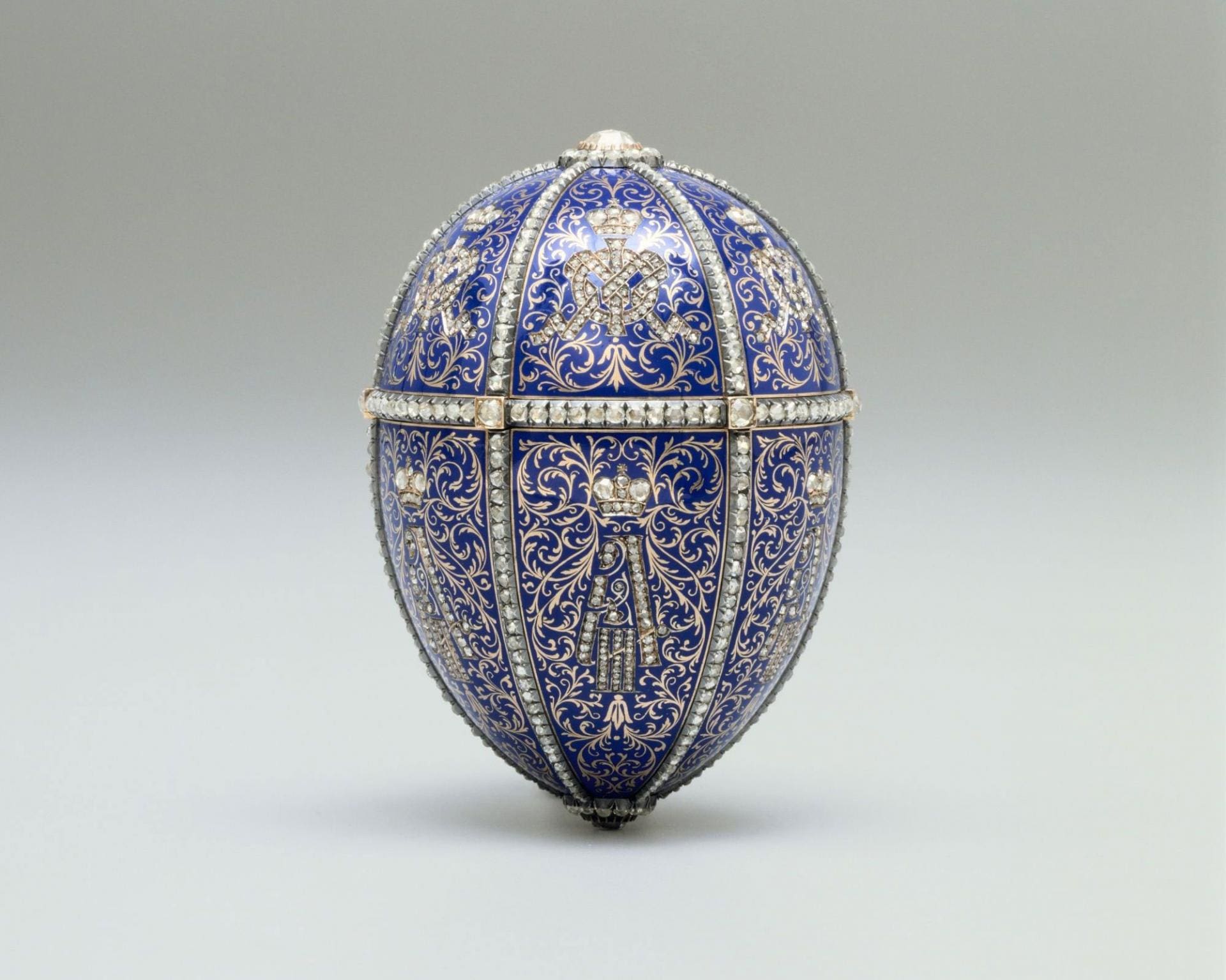
Between 1885 and 1916, the jeweller Peter Carl Fabergé made fifty eggs for the Imperial family, taking the concept of the humble Easter egg and revamping it into a spectacular and bejewelled object d’art- an artefact, essentially useless, but so ostentatiously eye-catching, that it could only be conceived of for a king.
You couldn’t just give any old egg to a monarch who believed that God had chosen his destiny as absolute ruler over Russia.
Fabergé was an egg-extraordinaire like no other. He made each Easter egg unique and as the years went by, every new addition reached record heights of invention and complexity, reflecting in miniature the world of privilege inhabited by the Romanov dynasty. He had an accomplished set of in-house designers and commissioned Swiss clockmakers and various artists, meaning that the eggs evolved to include miniature jewellery pieces, paintings, models of animals and palaces and clockwork devices.
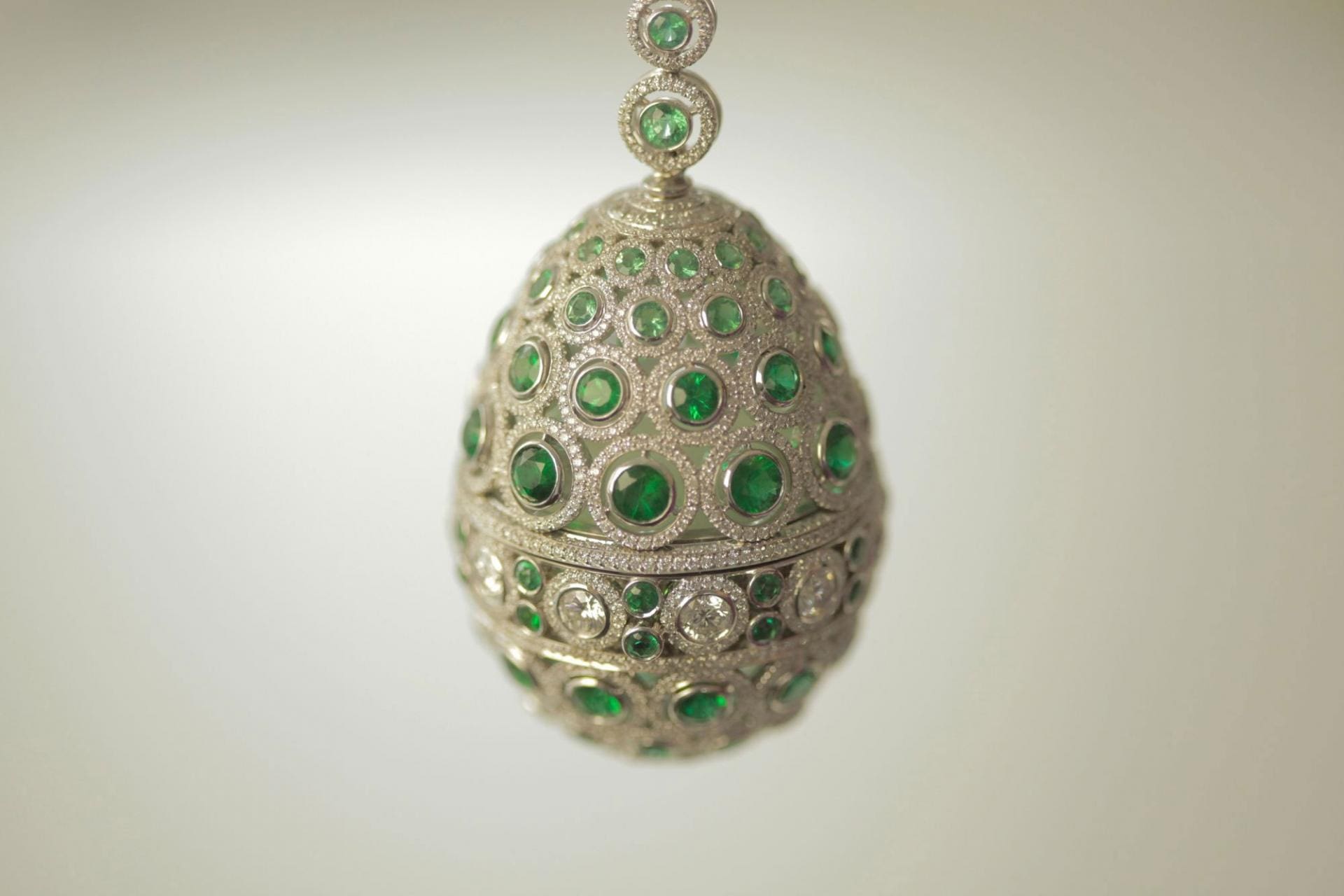
The designs were often inspired by historical art works that Fabergé had seen on display in the treasure-filled Hermitage Museum, referencing Russian history and pivotal milestones in Russian royal life. The ‘Catherine the Great Egg’, created for Nicholas II to present to his mother Maria Feodorovna on Easter morning in 1914, was composed of pink opalescent enamel panels with miniature allegorical scenes of the arts and sciences taken from paintings by French artist François Boucher. The surprise, when the Empress prised the egg open, was a mechanical sedan chair carried by two servants, with Catherine the Great seated inside.
Sadly, by 1930, following the fall of the monarchy, the little wind-up chair had been lost forever. Other eggs that were designed to celebrate the Royal Family included the Coronation Egg, made in 1897, which was a gold and diamond extravaganza concealing a ‘surprise’ Imperial coach made of gold, platinum, diamonds and rubies. Working sixteen hour days, it took the craftsmen fifteen months to complete.
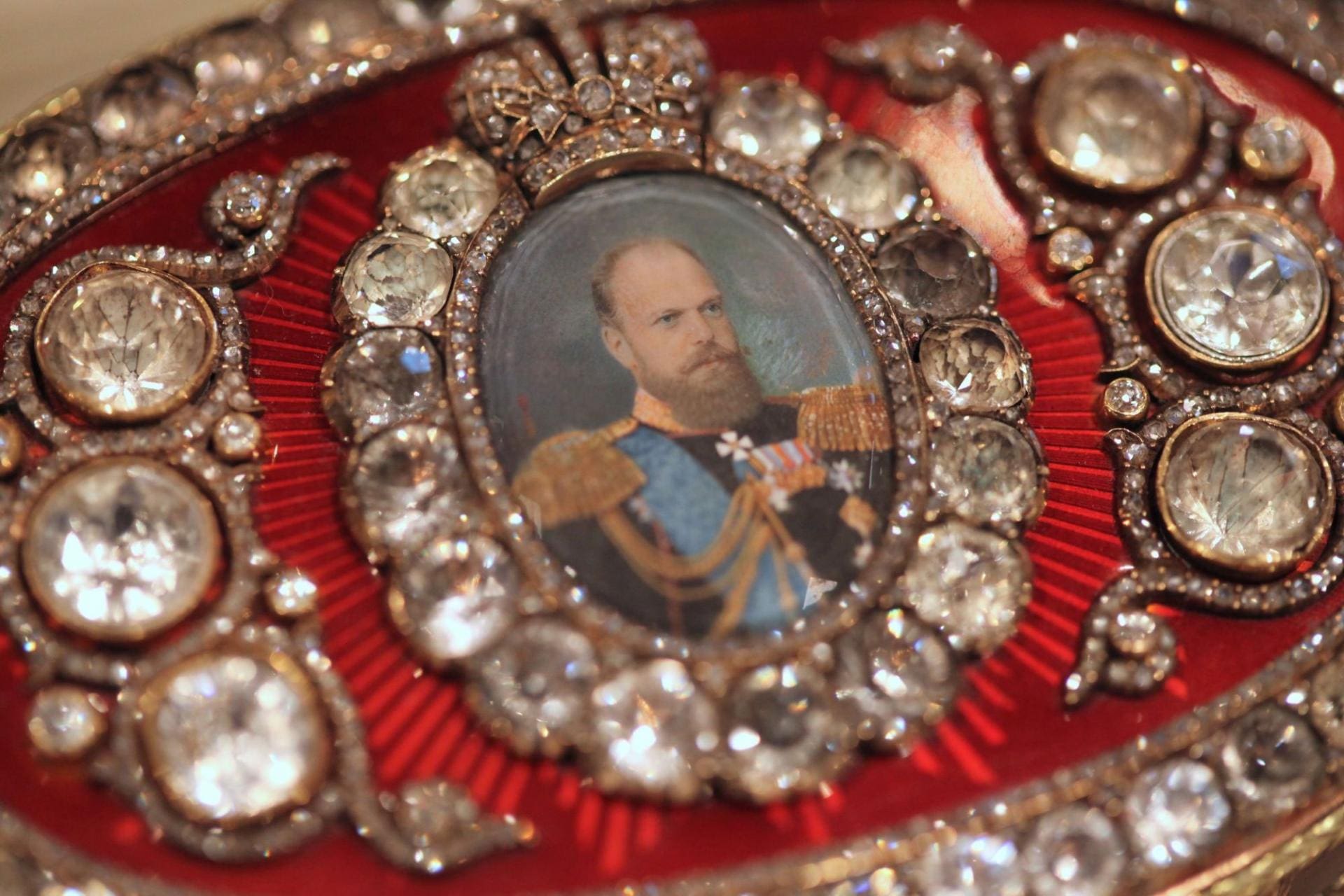
As well as a skilled goldsmith and jeweller, Fabergé was a genius marketer who knew how to rouse a great sense of anticipation amongst the public. The unveiling of each new egg became an annual event, with people speculating as to what it would be like and most exciting of all, what the surprise would be. Until it was hand delivered to the Tsar, the egg was kept a closely guarded secret. All that was known for certain was that Fabergé would deliver something more impressive than the previous year.
The true acme of his artistry is perhaps best showcased by the Winter Egg, created in 1913. Resembling a sorcerer’s snow globe from a Russian fairy tale, it is made of carved rock crystal as thin as glass and embellished with platinum and 1,600 diamonds, to give the appearance of frost.
As ‘Supplier to the Court of His Imperial Majesty’, The House of Fabergé was one of the most internationally awarded and largest jewellery firms in Europe and produced jewels and silverware for the continent’s nobility. Nonetheless, in the tumultuous years that were to follow, the Fabergé vision and the fantastical spectacle that the man behind it had gone to such painstaking lengths to achieve, came to be destroyed.
In 2002, The Winter Egg was sold at Christie’s in New York for $9.6million.
After three hundred years of ruling Russia, cracks began to appear along the normally solid outer shell of the Romanov dynasty. What had once been construed as gifts of love to the women they adored, representing a continued legacy from father to son, came to be seen by the starving Russian peasants and workers as obscene displays of exorbitance. In 1917, during the October revolution, the palaces were plundered and the Royal family were placed under house arrest, then transported to Siberia. On the night of the 17th July 1918, they were murdered in a basement in the Urals, with three of the Imperial princesses carrying more than 1.3kg worth of diamonds that had been sewn into their clothes.
In this tragic turn of history, the story of the Romanovs and their brutal end has come to be bound to the glorious eggs that had so spectacularly chronicled their lives. The faces of the last Tsar and his family are imprinted forever on the Fifteenth Anniversary egg (1911), a family album just over five-inches-tall. Created to commemorate the fifteenth anniversary of Tsar Nicholas’ ascension to the throne, it was the most sentimental and personal of all the Imperial eggs, and one of the Tsarina’s favourites. Oval miniature panels depict, in exquisite detail, the principal achievements of the Tsar’s reign, set alongside portraits of each of the young princesses and heir to the throne, Alexei. Beneath a diamond at the top of the egg is the crowned monogram of Tsarina Alexandra and the base is set with a rose-cut diamond, signed: Fabergé.
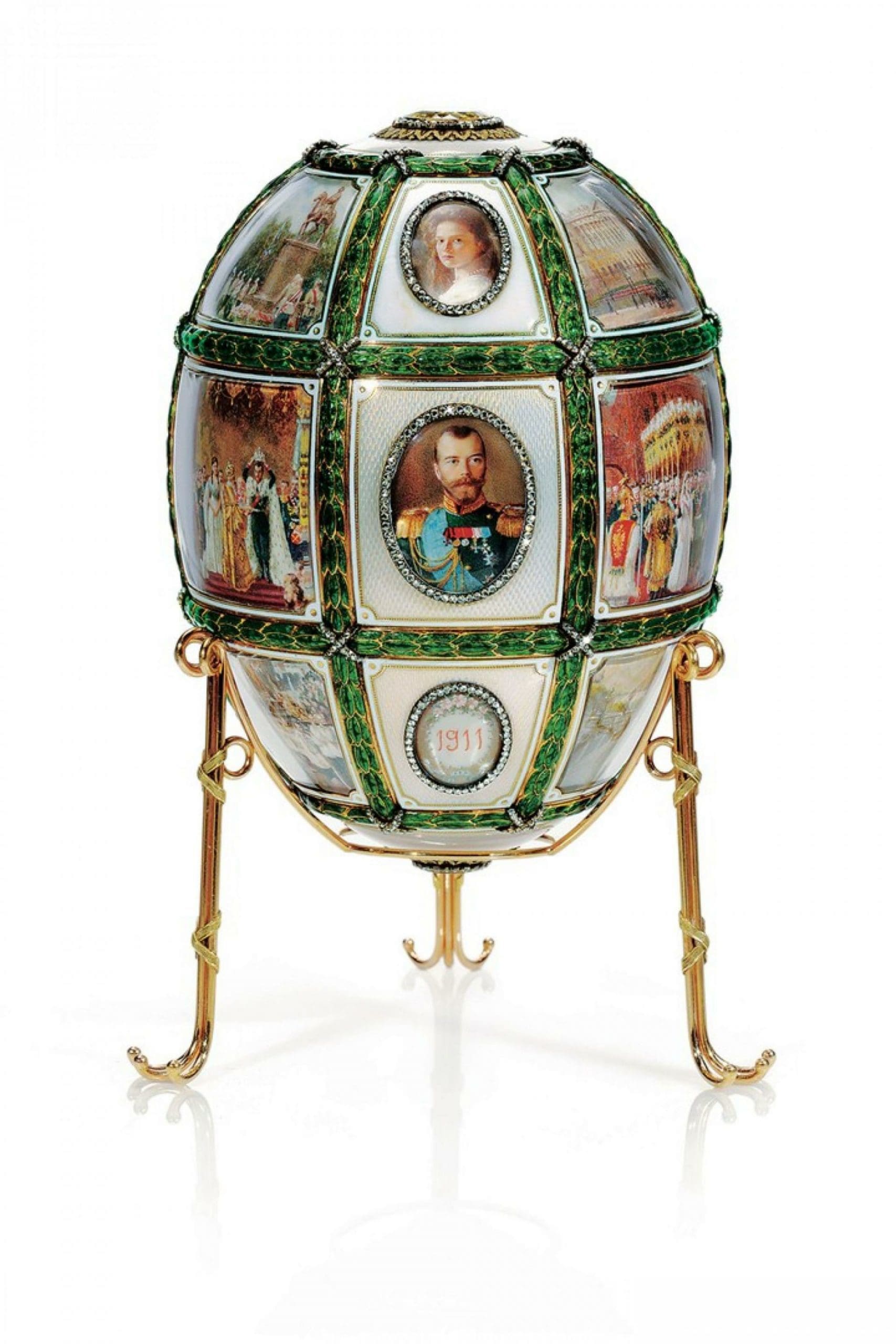
Much like Easter itself, the Fabergé eggs embody a bloodstained past. Not only do they illustrate the romantic love and royal lives of a doomed dynasty, but they stand as artistic masterpieces, forged at the crossroads of Russian history. In November 1918, the House of Fabergé came to its downfall as the company became state-owned and all its stock was confiscated. Peter Carl Fabergé died just two years later in exile in Switzerland, which, so it is claimed, was because he was never able to recover from the heartache of all that was lost. His whole world had collapsed, engulfed in a Bolshevik dust cloud.
The Imperial eggs were scattered widely, and though seven have been lost in the mists of history, the remaining ones reside in collections worldwide. London is home to a small number as part of the Queen’s Collection, having been purchased by King George V and his wife Mary. You can still admire the beauty of Fabergé or buy their extraordinary jewellery pieces at the contemporary Fabergé shop, based in Grafton Street in the city.
Jewellers by Royal Appointment Bentley & Skinner has recently opened a Fabergé room, featuring a stunning collection of precious and exquisite crafted examples of Carl Fabergé’s ‘objects du fantasie.’ Highlights include a gold-mounted guilloche enamel desk clock, made by Fabergé’s leading workmaster, Michael Perchin, and aquamarine and diamond pendant, purchased by dowager Empress Maria Feodorovna.
Most of us won’t be getting a diamond encrusted egg this Easter. But from the grandest gourmet, ganache-filled creations, to their hollow, foil-wrapped counterparts, the Easter egg has a rich history, bearing the hallmarks of much romance, sorrow, joy and fragility. Chocolate houses may continue to try and outdo each other with their designs every year, but it’s unlikely we’ll see anything ever again quite like Fabergé, who, when it came to eggs, was a man that truly thought outside the box.
Bentley & Skinner, 55 Piccadilly, W1J


